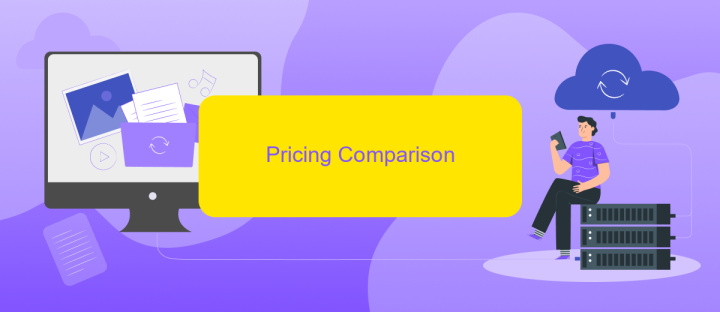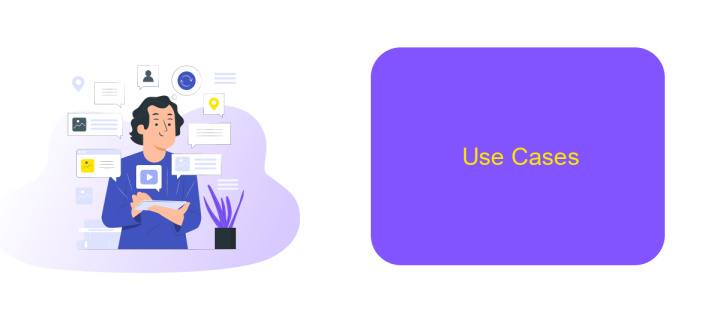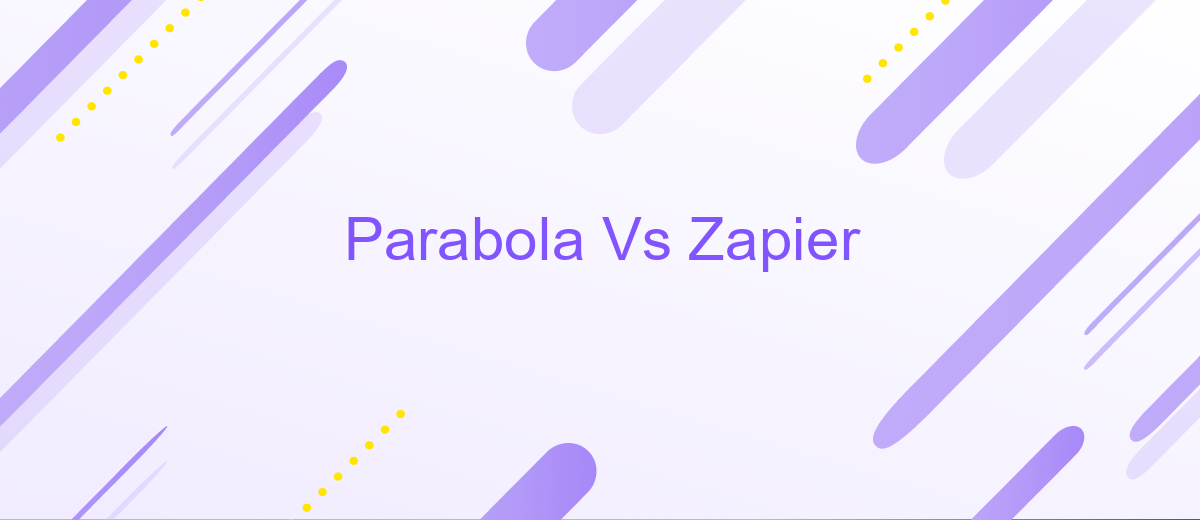Parabola Vs Zapier
When it comes to automating workflows and integrating various apps, both Parabola and Zapier stand out as powerful tools. While Zapier is known for its user-friendly interface and extensive app integrations, Parabola offers a more flexible, data-centric approach ideal for complex data manipulations. This article delves into the key differences between Parabola and Zapier, helping you choose the right tool for your specific needs.
Introduction
In the modern digital landscape, automation is key to streamlining workflows and enhancing productivity. Tools like Parabola and Zapier have become essential for businesses looking to automate tasks without extensive coding knowledge. These platforms offer unique features and capabilities, making it crucial to understand their differences and advantages.
- Parabola: Known for its visual interface, Parabola excels in data manipulation and complex workflows.
- Zapier: Renowned for its extensive app integrations, Zapier simplifies connecting multiple applications seamlessly.
- ApiX-Drive: A powerful tool for setting up integrations, ApiX-Drive offers a user-friendly interface and robust functionality to connect various services efficiently.
Choosing the right automation tool depends on your specific needs and technical expertise. While Parabola and Zapier are popular choices, exploring options like ApiX-Drive can provide additional flexibility and ease of use. By understanding the strengths of each platform, you can make an informed decision to optimize your business processes effectively.
Key Differences

Parabola and Zapier are both powerful tools for automating workflows, but they cater to different needs and user bases. Parabola is designed for users who need to manipulate and transform data through a visual interface, making it ideal for complex data workflows and detailed data analysis. It allows users to create intricate data transformations without writing a single line of code, providing a drag-and-drop interface that is intuitive and easy to use.
On the other hand, Zapier focuses on connecting different apps and services to automate repetitive tasks. It supports a vast array of integrations, making it a versatile tool for automating various business processes. While Parabola excels in data manipulation, Zapier shines in its ability to seamlessly integrate multiple apps. For those looking for an alternative that combines the strengths of both platforms, ApiX-Drive offers a robust solution for setting up integrations and automating workflows, providing a user-friendly interface and extensive support for various services.
Pricing Comparison

When comparing the pricing models of Parabola and Zapier, it's essential to consider the unique features and flexibility each platform offers. Both platforms provide automation solutions, but their pricing structures cater to different user needs and budgets.
- Parabola: Parabola offers a free tier with limited functionality, suitable for small projects or individual users. Paid plans start at /month, providing more advanced features and higher usage limits.
- Zapier: Zapier also has a free plan, which includes basic automation tasks. Their paid plans begin at .99/month, offering increased task limits and premium app integrations.
In addition to these platforms, ApiX-Drive is another notable mention for setting up integrations. ApiX-Drive provides a user-friendly interface and competitive pricing, making it a viable alternative for businesses seeking cost-effective automation solutions. By evaluating the pricing and features of Parabola, Zapier, and ApiX-Drive, users can make an informed decision based on their specific requirements and budget constraints.
Use Cases

Parabola and Zapier are both powerful tools for automating workflows, but they serve different purposes and excel in various scenarios. Understanding their use cases can help you choose the right tool for your specific needs.
Parabola is particularly well-suited for data-heavy tasks and complex data transformations. It allows users to visually build data workflows, making it ideal for those who need to manipulate large datasets or automate data processing tasks without writing code. On the other hand, Zapier excels in connecting different apps and automating repetitive tasks across various services. It is perfect for users who want to streamline their workflows by integrating multiple applications effortlessly.
- Parabola: Ideal for data transformation and processing large datasets.
- Zapier: Best for integrating apps and automating repetitive tasks.
- ApiX-Drive: Excellent for setting up and managing integrations between various services.
By leveraging the strengths of each tool, you can optimize your workflows more effectively. Whether you need to handle complex data transformations with Parabola, automate tasks across apps with Zapier, or set up seamless integrations with ApiX-Drive, choosing the right tool can significantly enhance your productivity.
Conclusion
In comparing Parabola and Zapier, it's evident that both platforms offer valuable tools for automating workflows and integrating various services. Parabola excels in handling complex data transformations and offers a visual interface that simplifies the creation of intricate workflows. On the other hand, Zapier stands out for its extensive library of app integrations and user-friendly experience, making it accessible for users with varying technical skills.
For those seeking an alternative or complementary solution, ApiX-Drive provides an excellent option. ApiX-Drive specializes in setting up integrations quickly and efficiently, supporting a wide range of applications and services. Its intuitive interface and robust features make it a strong contender in the automation space. Ultimately, the choice between Parabola, Zapier, and ApiX-Drive will depend on your specific needs, technical expertise, and the complexity of your workflows. Each platform brings its unique strengths to the table, ensuring there's a suitable option for every user.
FAQ
What is the main difference between Parabola and Zapier?
Which tool is better for non-technical users?
Can I integrate both Parabola and Zapier with the same apps?
Is there an alternative to Parabola and Zapier for automating workflows?
Which platform is more cost-effective for small businesses?
Routine tasks take a lot of time from employees? Do they burn out, do not have enough working day for the main duties and important things? Do you understand that the only way out of this situation in modern realities is automation? Try Apix-Drive for free and make sure that the online connector in 5 minutes of setting up integration will remove a significant part of the routine from your life and free up time for you and your employees.

